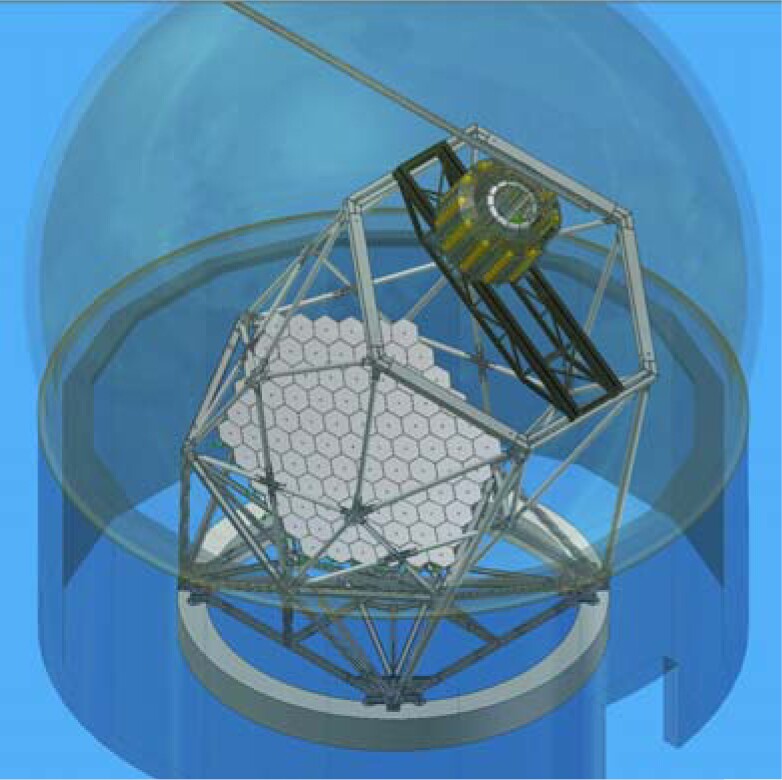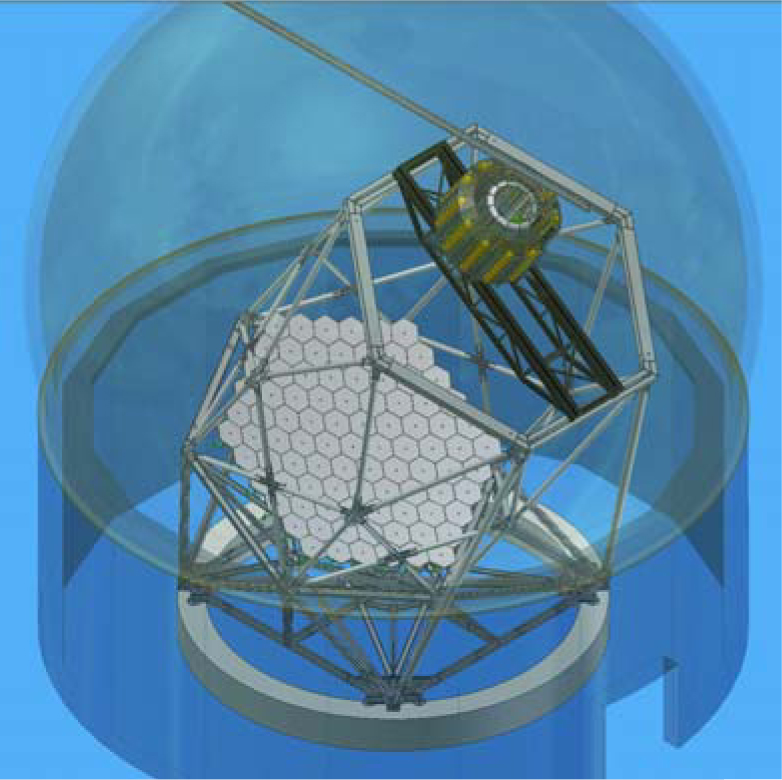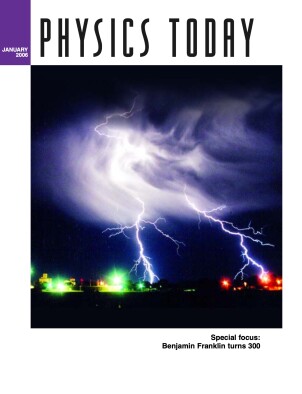Probing dark energy through baryon acoustic oscillations
DOI: 10.1063/1.2180168
Dark energy makes up more than 70% of the universe, but no one knows what it is. Its existence was inferred in the 1990s to explain why the expansion of the universe is accelerating, which was determined from observations of supernovae of known luminosity, or “standard candles.” Now scientists want to learn more about how dark energy behaves by using a “standard ruler.”
The standard-ruler approach involves measuring the traces of the primordial baryon acoustic oscillations in the large-scale structure of the universe at different times in history. The oscillations are remnants of sound waves in the first 300 000 or so years after the Big Bang, and are imprinted in the distribution of galaxies.
The Wide-Field Multi-Object Spectrograph (WFMOS), a proposed collaboration between the Gemini and Subaru telescopes (see the story on page 30), will use baryon acoustic oscillations and spectroscopic redshifts to probe dark energy. The most serious scientific competition so far probably comes from the proposed Hobby-Eberly Telescope Dark Energy Experiment (HETDEX). Both are surveys that involve “cartography of galaxies through space and time,” says the University of Texas at Austin’s Gary Hill, a principal investigator of HETDEX. “We will measure the distances between galaxies, Fourier transform that distribution, and for every galaxy, look where others are relative to it.” WFMOS will consider two time epochs, around redshifts 1 and 3, while HETDEX will look at a continuum of redshifts in the range 1.8 to 3.7.
WFMOS will use preselected galaxies, whereas HETDEX will take spectra of every point in its smaller field of view, and then use the spectra to select galaxies for analysis. “There is no a priori advantage to either approach,” says the University of Pennsylvania’s Gary Bernstein, a member of a dark-energy task force set up by NASA, NSF, and the US Department of Energy.
Neither experiment has full funding yet, but if both proceed on the time scales they’ve sketched out for themselves, HETDEX will start in 2009 and WFMOS around 2012.

VIRUS (Visible Integral-field Replicable Unit Spectrograph), the instrument that would carry out a proposed dark-energy survey using the Hobby-Eberly Telescope, would consist of 145 copies of a unit spectrograph.
(Artist’s rendering courtesy of the HETDEX Team, McDonald Observatory, Texas.)

More about the Authors
Toni Feder. American Center for Physics, One Physics Ellipse, College Park, Maryland 20740-3842, US . tfeder@aip.org
